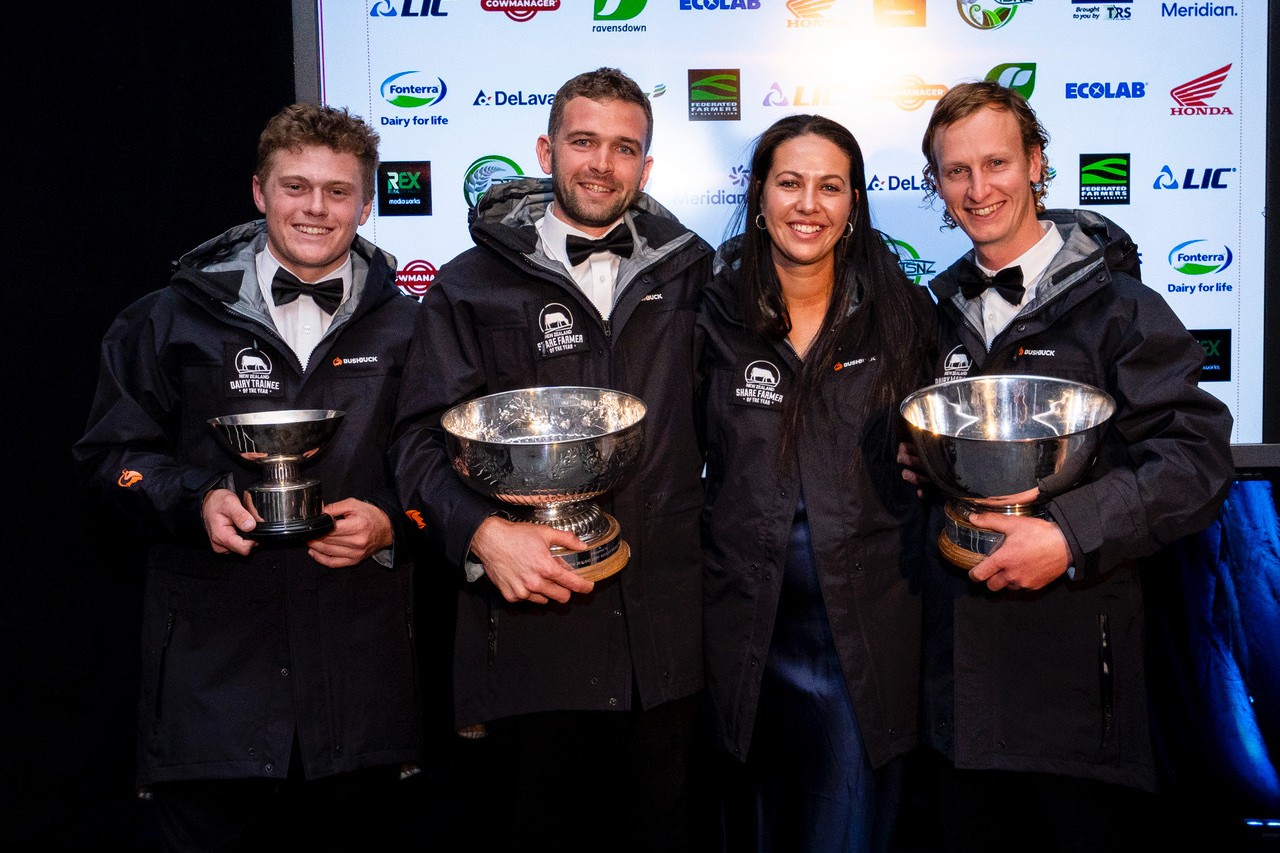When everyone around you is zigging, should you zag?
You might wonder at the sense of thinking of diversifications on your farm at a time of record high milk price, but on the other hand, maybe now is the best time to do it.
At a time of good income you have good cashflow to invest in a diverse income stream and the headspace to think strategically about how it might help in the future, when the milk price has its next inevitable cyclical downturn.
Of course many of the onfarm side hustles we have uncovered in our Special Report this month were established not just for reasons of having a diverse income stream. The subtropical fruits being investigated in the sunny Northland have come about because the climate has changed so much that these products are now viable, same with the investigations into growing avocados and kiwifruit, along with other innovative plants in Taranaki.
Sheep dairy is touted as having a much smaller environmental footprint, and the grain crops being grown on Southland dairy country both make farmers more self contained and work to mop up excess N from the soils at critical times of the year (Pg48).
The glimpse at veal farming in Denmark shows how strategic mating and clever marketing into established world markets for veal could turn an undervalued bobby calf resource into a profitable beef farming venture (Pg62).
Others have planted areas of their dairy operations in trees, for amenity, carbon and production timber and others have harnessed the abundant local water resource into hydro power to mitigate rising electricity prices and sell back to the grid.
And for out-of-the-box thinking, Canterbury company Leaft has come up with a diverse income stream from plant protein that would also produce a low N food source for stock.
We ran out of room to tell of all the onfarm diversifications there are out there – I would love to hear of any more you have so we can keep the conversation going. A cabin on a hill? A glamping site by the river down the back? Native tree nursery? Truffles under a grove of hazelnut trees? Or a back paddock of walnut trees? The opportunities are endless. Sentience is a word that many farmers may not have heard, but now it’s been combined into the overhaul of the animal welfare regulations you need to be aware that it’s the ability to experience feelings and sensations – like pain and sadness. Accepting that animals feel pain and discomfort means we need to actively treat them to minimise those feelings (Pg76).
The Lincoln University study comparing three methods of calf rearing, including leaving them on mum for six weeks and a wean time of 10 weeks, is not looking at sentience – but the more practical aspects of growth rates, passive immunity, rumen development and lifetime performance alongside monitoring the mums for differences in a range of production and health measures. (pg82).
There is always interesting research going on, enjoy the read,





